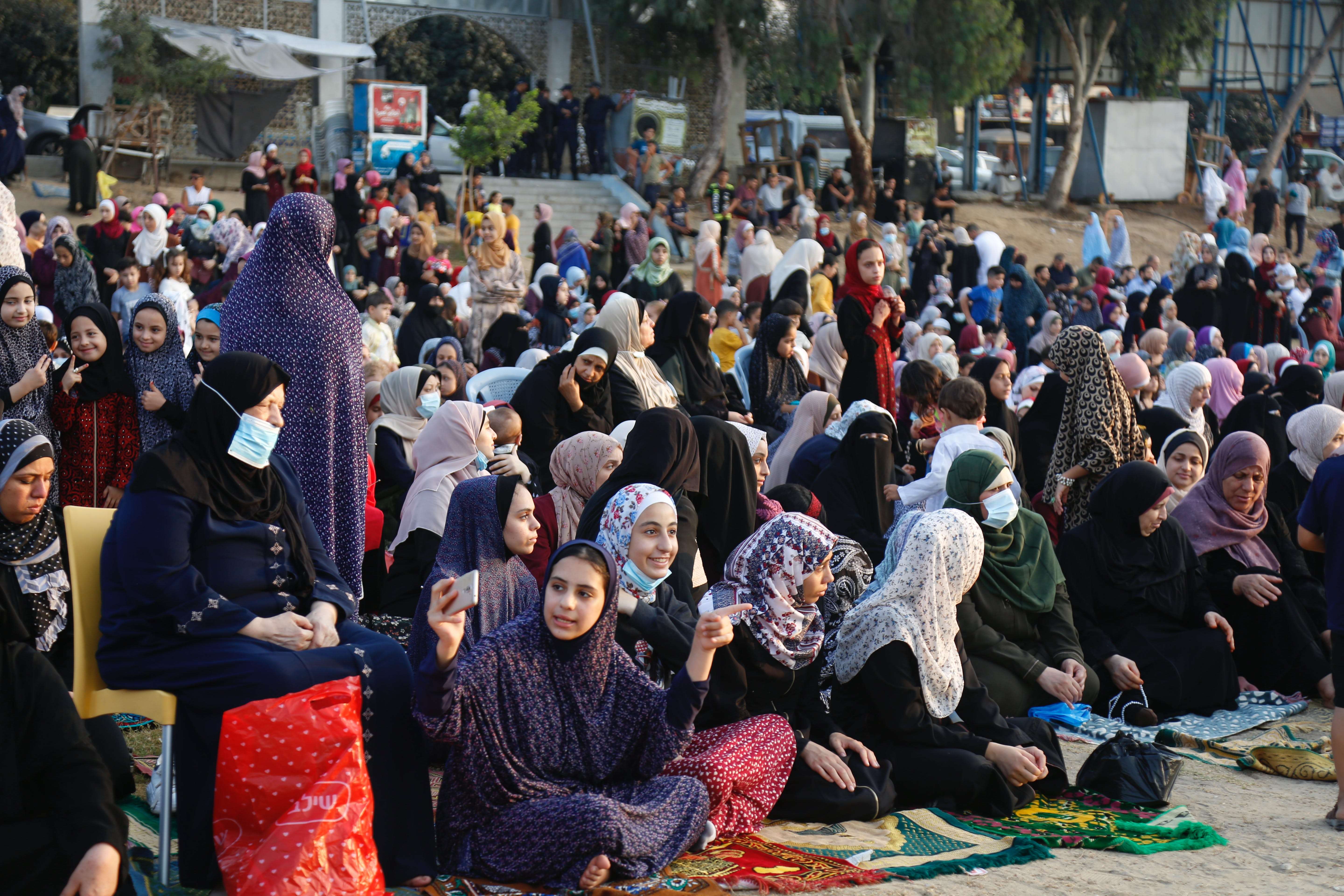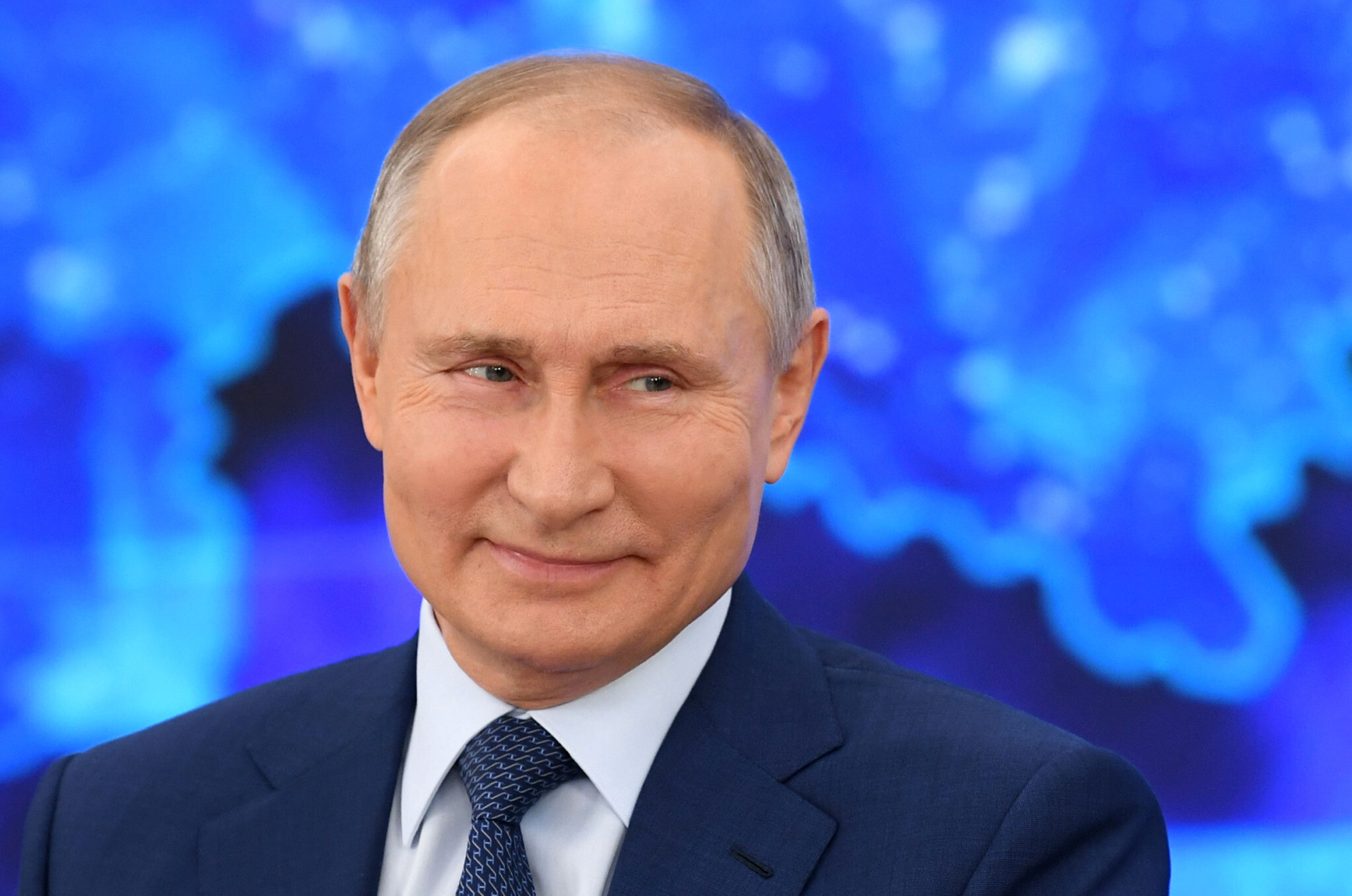Gaza Today: Navigating Complex Realities and Seeking a Path to Peace
Gaza, a strip of land along the Mediterranean Sea, has long been a focal point of geopolitical tensions and humanitarian concerns. Today, the region remains at the center of a complex web of political, economic, and social challenges, with its population grappling with the aftermath of conflicts, blockades, and a persistent quest for stability. This article delves into the current situation in Gaza, examining the multifaceted issues it faces and the potential paths toward a more hopeful future.
Historical Context:
To understand the complexities of Gaza today, it’s crucial to recognize the historical backdrop that has shaped its present reality. Decades of conflict, notably the Arab-Israeli wars and the Israeli occupation, have left an indelible mark on the region. The Oslo Accords in the 1990s were intended to pave the way for a two-state solution, but progress has been elusive. Gaza, governed by Hamas since 2007, has experienced several conflicts with Israel, resulting in immense human suffering and destruction.
Humanitarian Challenges:
The humanitarian situation in Gaza is dire, with a dense population facing severe challenges in accessing basic necessities. Infrastructure, including water and electricity supplies, has been severely compromised, contributing to a lack of sanitation and healthcare. The blockade imposed by Israel, with Egypt’s collaboration, has led to economic stagnation, high unemployment, and restricted movement, exacerbating the suffering of the people.
The Toll on Civilians:
Civilians in Gaza bear the brunt of the ongoing conflicts, with frequent outbreaks of violence causing widespread displacement and loss of life. Children, in particular, suffer from the trauma of repeated conflicts, hindering their physical and psychological well-being. International organizations continue to express deep concern over the impact on civilians, urging all parties involved to prioritize the protection of innocent lives.
Political Dynamics:
The political landscape in Gaza is marked by a divide between the two major Palestinian factions: Fatah, which governs the West Bank, and Hamas, in control of Gaza. This internal rift has further complicated efforts to present a united front in negotiations with Israel. Reconciliation talks have been attempted, but progress has been slow, impeding the establishment of a cohesive Palestinian strategy for statehood.
International Involvement:
The situation in Gaza is not isolated; it resonates on the international stage, drawing the attention of various stakeholders. The United Nations, the European Union, and other global entities advocate for a peaceful resolution to the Israeli-Palestinian conflict. International aid organizations are working tirelessly to provide humanitarian assistance to the people of Gaza, but their efforts are hampered by the persistent challenges on the ground.
Regional Dynamics:
Gaza’s position in the Middle East also places it at the center of broader regional dynamics. The relationships between Israel and its neighboring countries, as well as the influence of external powers, further complicate the pursuit of stability. Striking a balance between the interests of different actors in the region is essential for any meaningful progress towards peace in Gaza.
Hope for the Future:
Despite the formidable challenges, there are glimmers of hope for a better future in Gaza. Grassroots movements, both within the region and internationally, advocate for peace and dialogue as the only viable paths forward. Civil society initiatives, educational programs, and efforts to promote economic development are crucial components of a sustainable peace process.
Conclusion:
Gaza today stands at a crossroads, facing immense challenges but also holding the potential for positive transformation. International cooperation, political will, and a commitment to addressing the humanitarian crisis are essential for progress. The people of Gaza, resilient in the face of adversity, deserve a future characterized by peace, security, and prosperity. As the global community grapples with finding a path forward, the importance of understanding the nuanced realities of Gaza cannot be overstated. Only through a comprehensive and inclusive approach can the region hope to break the cycle of conflict and build a foundation for lasting peace.







